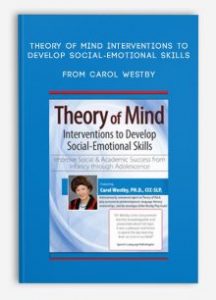 Theory of Mind Interventions to Develop Social-Emotional Skills from Carol Westby
Theory of Mind Interventions to Develop Social-Emotional Skills from Carol Westby
More information about Medical:
Medicine is the science and practice of establishing the diagnosis, prognosis, treatment, and prevention of disease.
Medicine encompasses a variety of health care practices evolved to maintain and restore health by the prevention and treatment of illness.
Contemporary medicine applies biomedical sciences, biomedical research, genetics, and medical technology to diagnose, treat, and prevent injury and disease,
typically through pharmaceuticals or surgery, but also through therapies as diverse as psychotherapy, external splints and traction, medical devices, biologics, and ionizing radiation, amongst others.
Medicine has been around for thousands of years, during most of which it was an art (an area of skill and knowledge) frequently having connections to the religious and
philosophical beliefs of local culture. For example, a medicine man would apply herbs and say prayers for healing, or an ancient philosopher and physician would apply bloodletting according to the theories of humorism.
In recent centuries, since the advent of modern science, most medicine has become a combination of art and science (both basic and applied, under the umbrella of medical science).
While stitching technique for sutures is an art learned through practice, the knowledge of what happens at the cellular and molecular level in the tissues being stitched arises through science.
Outline:
Foundations for ToM Development
- ToM dimensions
- Neuroanatomical/Neurochemical foundations for ToM types or dimensions
- Genetic/environmental influences on ToM
- DSM-5® diagnoses and comorbidities
Assessment of ToM Development
- Formal and informal ways to assess ToM
- Precursors in infants/toddlers
- Emergence during preschool
- Higher order ToM in school-age children and adolescents
Cognitive/Affective ToM and Interpersonal/Intrapersonal ToM
- Patterns of ToM deficits and ToM developmental levels
- Social and academic implications
- Profiles to effectively match deficits to interventions
ToM Interventions for: Infants and Toddlers
- Engage children in emotional sharing
- Develop several types of joint attention
- Promote coordination/co-regulation in interactions
Early Preschool
- Develop a sense of self through play
- Develop pretend play skills
- Nurture foundations for autobiographical memory and the ability to think about the future
Late Preschool/Early Elementary
- Foster the vocabulary and syntactic skills necessary for ToM
- Identify cues and clues to help recognize and infer emotions of self and others
- Promote language for counterfactual reasoning and mental time travel
Late Elementary/Adolescents
- Strategies for emotional and behavioral regulation
- Strategies to promote social and academic comprehension
- Sentence frames to develop complex syntax for explaining reasons for emotions and behaviors
Deficits in Theory of Mind (ToM) are at the heart of social-emotional difficulties exhibited by those with Autism Spectrum Disorder (ASD) and Social Communication Disorders (SCD) and contribute to the social difficulties of children with Language Disorders (LD) and Deaf or Hard-of-Hearing (DHH).
Description:
Featuring Carol Westby, PhD, CCC-SLP: Internationally-renowned expert on Theory of Mind, play assessment and development, language-literacy relationships, and the developer of the Westby Play Scale!
Children with Theory of Mind (ToM) deficits lack social-reciprocity and perspective taking and struggle to make inferences about what others might do, think and feel. They have poor self-awareness and emotional regulation. Thus, they perceive the world they live in to be unpredictable putting them at a social and academic disadvantage. Your challenge as a therapist working with these children is to help them develop effective social-emotional functioning.
Join Theory of Mind expert, Carol Westby, PhD, CCC-SLP, and discover the developmental stages of ToM from precursors in infancy through higher-level thinking in adolescence. You will learn how to identify the patterns of ToM deficits and ToM developmental levels to effectively match intervention strategies to the child’s specific needs. Through video examples, children’s books and movies and pictures you will learn to design and implement strategies to develop the social-emotional underpinnings of ToM.


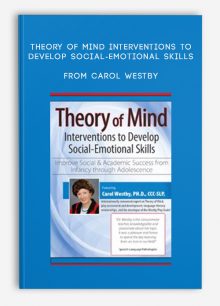


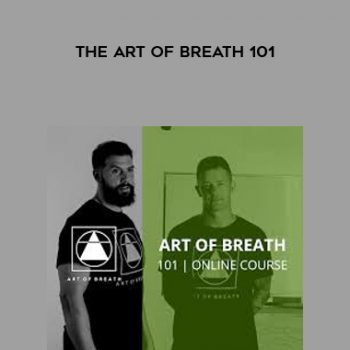
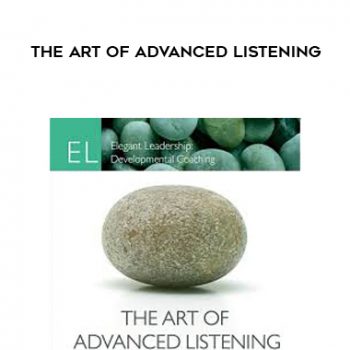
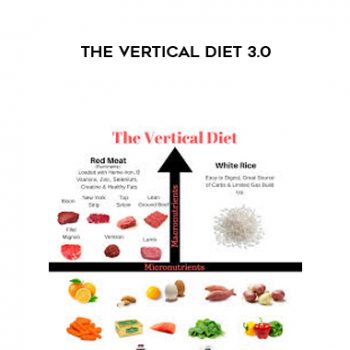
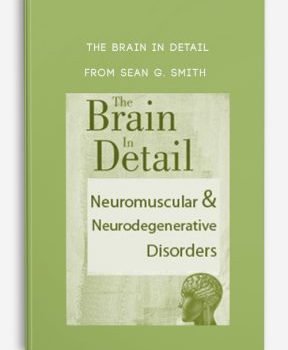




tristian –
This is Digital Download service, the course is available at Coursecui.com and Email download delivery.